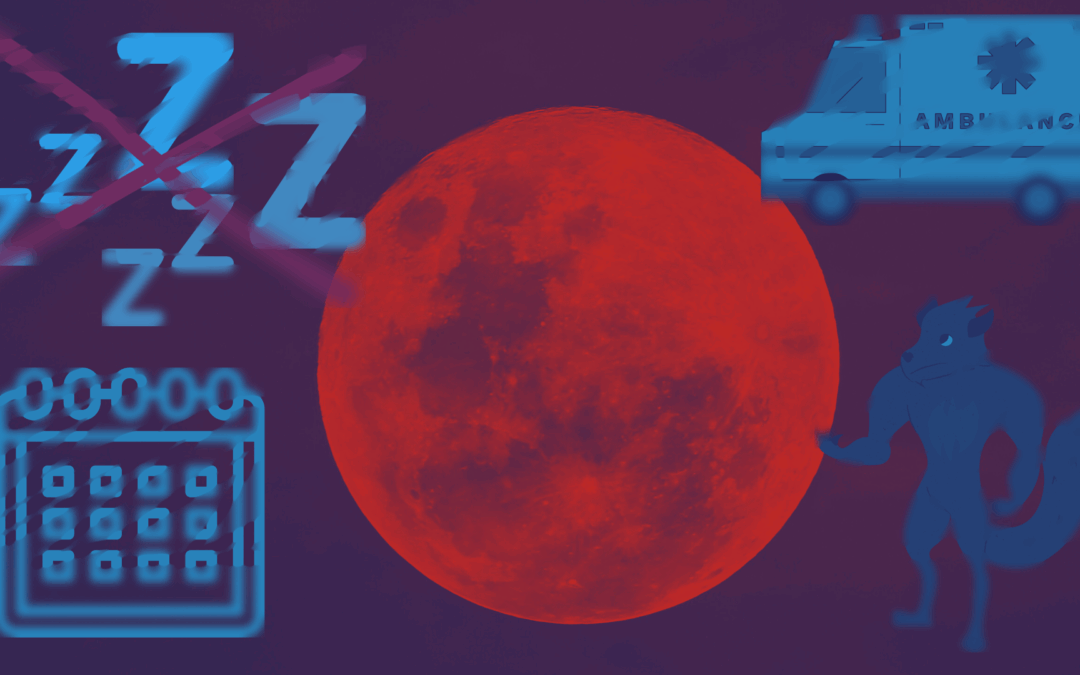The ocean – a region that has been mapped less than the moon. Beneath the surface lies a vast frontier, a pitch black void that lies hundreds of meters away from land. Only 5% of the ocean floor has been explored, and in this limitless wilderness, where the pressure could crush a truck and sunlight is unable to pierce through the blackness, scientists are still trying to explore this hidden planet. And just when you think life is against all odds here, something unusual – something alien, bioluminescent and very much alive appears. But the team at MindFckd wants to know more. We want to know exactly what lies down there!
Welcome to the deep sea: a magnificent world full of secrets.
Very few people know the deep sea like Orla Doherty, an oceanographer and former senior producer on BBC’s Blue Planet II. She’s spent over 500 hours inside submersibles, exploring many parts of the ocean thousands of meters down to document lifeforms and ecosystems most of us have never seen before.

She hasn’t just told the story of the deep sea – she’s lived it for over 25 years.
“There are so many extraordinary creatures in the deep, and you simply never know what you’re going to find every time you dive! That’s what makes filming in the deep so exciting.
“I’ve seen all sorts – from glass squid, completely transparent squid with googly eyes, to sea pigs and hilarious sea cucumbers.

“Almost every creature in the deep has something special or unusual or simply weird to celebrate!”
Creatures of the deep may look like something out of a sci-fi movie, but they have evolved in amazing ways that defy logic. For example, the anglerfish produces its own bioluminescence, which involves the chemical reaction between luciferins and luciferases. This reaction produces light and heat energy, which is then emitted from the light organ.

There are many more fascinating animals, some translucent, some balloon-like, and others even gelatinous. But down in the dark abyss, it’s not only alien lifeforms that reside there. With little to no sunlight, the biology of the ocean has evolved in weird and wonderful ways, surviving off chemical energy and an astonishing ability to thrive in darkness honed over millions of years.
“While filming for Blue Planet II, we brought Alucia and her two magnificent submersibles to the Gulf of Mexico”, says Orla, “and there we spent one of the most extraordinary days of my life diving on a mud volcano.
“This is a special kind of deep sea volcano that, instead of expelling hot lava, erupts with bubbles of methane gas!
“When we first got to the bottom, there was nothing to see, just a great expanse of mud. But after a while, bubbles the size of footballs started bubbling out of the seafloor and we spent several hours filming them.
“It was the closest I will ever come to being on another planet and the most memorable day in the deep I’ve ever had.”
For Orla, spending her life documenting life in the deep sea hasn’t just been a filmmaking mission – it’s quite literally redefined her relationship with the world above the surface that we know.
“I’d never really stopped to think about what went on any deeper than where the corals grew, which is in the very upper sunlit layer of our oceans.
“I had even sailed right over Challenger Deep, the deepest place on Earth, but never thought about what might actually be down there.
“As I got to explore the deep myself, I learned not only how beautiful and breath-taking it is, but also how essential it is to life on our planet and how many animals that we think of as shallow-ocean creatures are actually using the deep sea, from swordfish and mako sharks to manta rays and turtles.”
Despite being a tremendously thrilling job, there are various challenges that arise when filming what lies in the deepest and darkest points of reach in the sea. The equipment alone must be able to withstand crushing pressures, and visibility in a submersible tends to be near-zero. Navigation can be extremely difficult, and missions can often be time-consuming, confined in a metal object hoping and praying that the creature you’re looking for happens to swim into frame.
“While the excitement of diving in the deep means that you never know what you’re going to find, equally that means that sometimes you find literally nothing!
“I’ve had some really unproductive days, looking for animals in the midwater (when you’re hanging in the water column, not exploring the seafloor). In fact, my first ever shoot in the deep sea was a midwater shoot.
“I came home with practically nothing after three weeks of bobbing about in the Coral Sea looking for a certain animal!”
This alien world, as unusual and compelling as it is, is also extremely vulnerable. It’s a vital part of Earth’s life support, but factors such as climate change and mining are making it more and more fragile. Orla’s mission goes far beyond science, cameras and exploration.
“I hope to contribute to a wider awareness of the beauty of the deep sea and its critical significance to life on Earth. We need a healthy deep sea.
“We need to protect the unique creatures and one-of-its-kind worlds that we are still discovering. We need to be vigilant to what the deep sea does for us!”
“We need to keep it forefront in our minds as we think about the ocean as a whole – how to safeguard its future, and thereby safeguard our own.”
The deep sea might be dark and vast, but it’s definitely not empty. As we continue to explore what lies beneath it, we aren’t just uncovering a hidden planet full of alien-like biology, we’re also revealing the responsibilities that we hold above the surface. The things that Orla has seen, and what so few of us ever will, should serve as a reminder that the ocean reflects how little we actually know about our planet.
And most importantly, how much we have to lose if we stop looking.



